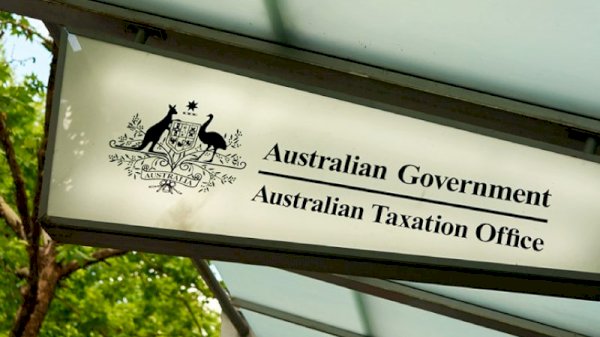Equipping professional accountants for sustainability
The International Federation of Accountants has developed a concise resource to guide accounting professionals and...
READ MORE
The Australian Taxation Office has issued a guide to assist tax agents and trustees to understand when section 100A of the Income Tax Assessment Act 1936 (section 100A) may be relevant.

The guidance includes information about trust distributions for the 2021-22 income year, what happens when section 100A applies, where you can access our new draft guidance and what records will assist in the event of a review.
Section 100A of the Income Tax Assessment Act 1936 is an anti-avoidance rule. It applies to an agreement (called a “reimbursement agreement”) where one person receives a benefit from the trust but another person is made presently entitled to income and assessed.
Each of the following must be satisfied for section 100A to apply:
There cannot be a reimbursement agreement where either:
It is usual for a trustee to allocate the income of a trust to beneficiaries and for beneficiaries to pay tax at their own rates on those amounts.
The result is different if there is a “reimbursement agreement” – in that case the trustee pays tax at the highest marginal rate.
A “reimbursement agreement” does not include an arrangement “entered into in the course of ordinary family or commercial dealing”.
A “reimbursement agreement” can involve a distribution to a family member.
Section 100A does not apply where the beneficiary simply receives or enjoys the benefit of their distribution.
The majority of small-business trust arrangements involve nothing more than presently entitled beneficiaries receiving their entitlement, or controllers reinvesting the profits of the trust into the working capital of the business. These arrangements present a very low risk of section 100A applying.
For trust entitlements for the year ending 30 June 2022, trustees can, in addition to using this guide material:
Trustees who believe section 100A may apply to their affairs should speak to their registered tax agent. They can also apply for a private ruling or contact us by emailing ReimbursementAgreement@ato.gov.au.
Where section 100A applies, the beneficiary’s entitlement is taken to be disregarded. The trustee is then assessed on the beneficiary’s share of the trust’s taxable income at the top marginal rate.
Where this occurs, it only changes the taxation consequences of the beneficiary’s entitlement. It does not change the trust law outcomes.
The ATO will focus its compliance resources on high-risk arrangements. Together, the 2014 website guidance and Draft Practical Compliance Guideline PCG 2022/D1 (the PCG) set out its compliance approach to applying section 100A. The PCG sets out arrangements it considers to be lower risk (green zone) and higher risk (red zone) arrangements.
An arrangement is considered low risk (green zone) where either:
High-risk arrangements commonly have elements of contrivance, undue complexity, or other features that do not show a commercial or family-based reason, but instead a motivation to shelter income from higher rates of tax. Examples include:
Keep good records that explain the transactions that have happened. Having a clear understanding as to why entitlements have been dealt with in the way they have will help support your position. It will also assist in timely resolution in the event that we review your arrangement.
While each arrangement depends on its facts, the following will be important:
It is acknowledged that intrafamily arrangements are typically conducted with a greater level of informality than commercial dealings that are conducted by unrelated parties. Nonetheless, to the extent possible, the trustee or their registered tax agent should maintain contemporaneous records that demonstrate the objectives an arrangement was intended to achieve and how it helped achieve them.
For further information about ordinary family or commercial dealings, see paragraphs 20 through 30 of Draft Taxation Ruling TR 2022/D1 Income tax: section 100A reimbursement agreements.
The Commissioner of Taxation’s views on section 100A and our compliance approach are set out in the following guidance:
For more information see Trust taxation – reimbursement agreement.